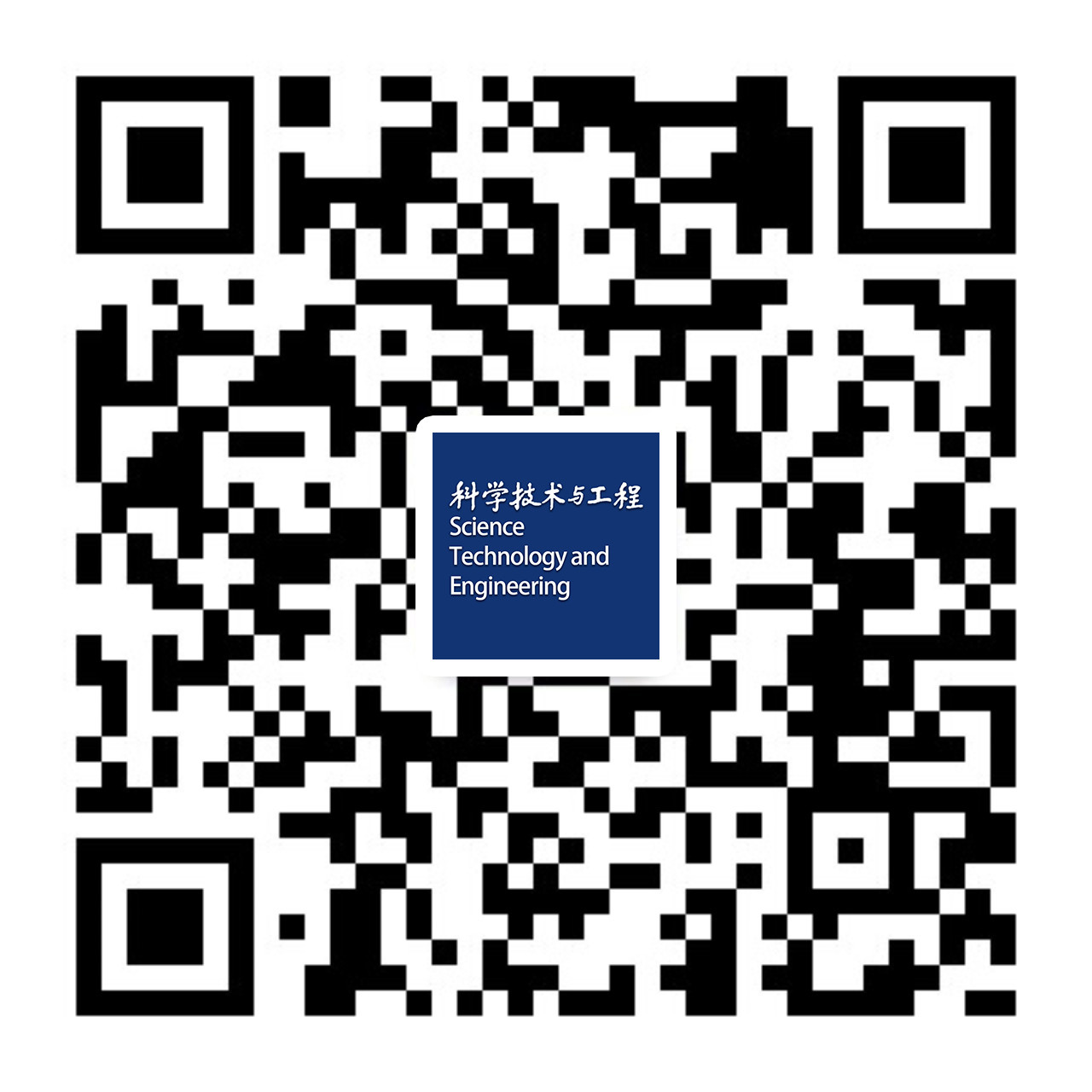Analysis of the structural characteristics and evolution mechanism of industrial association network in China
Author:
Affiliation:
Qingdao University of Science and Technology
Fund Project:
引用本文
吕承超,郭梦瑶,高月球.中国产业关联网络的结构特征与演化机制分析[J].技术经济,,():.
复制分享
文章指标
- 点击次数:
- 下载次数:
- HTML阅读次数:
历史
- 收稿日期:2024-07-18
- 最后修改日期:2024-11-23
- 录用日期:2024-12-12
- 在线发布日期:
- 出版日期:
文章二维码

您是第 位访问者
电话:010-65055536, 18515632865 Email:jishujingji@cste.org.cn
地址:北京市海淀区学院南路86号(100081) 邮政编码:80-584
ICP:京ICP备05035734号-5
技术经济 ® 2025 版权所有
技术支持:北京勤云科技发展有限公司
电话:010-65055536, 18515632865 Email:jishujingji@cste.org.cn
地址:北京市海淀区学院南路86号(100081) 邮政编码:80-584
ICP:京ICP备05035734号-5
技术经济 ® 2025 版权所有
技术支持:北京勤云科技发展有限公司



